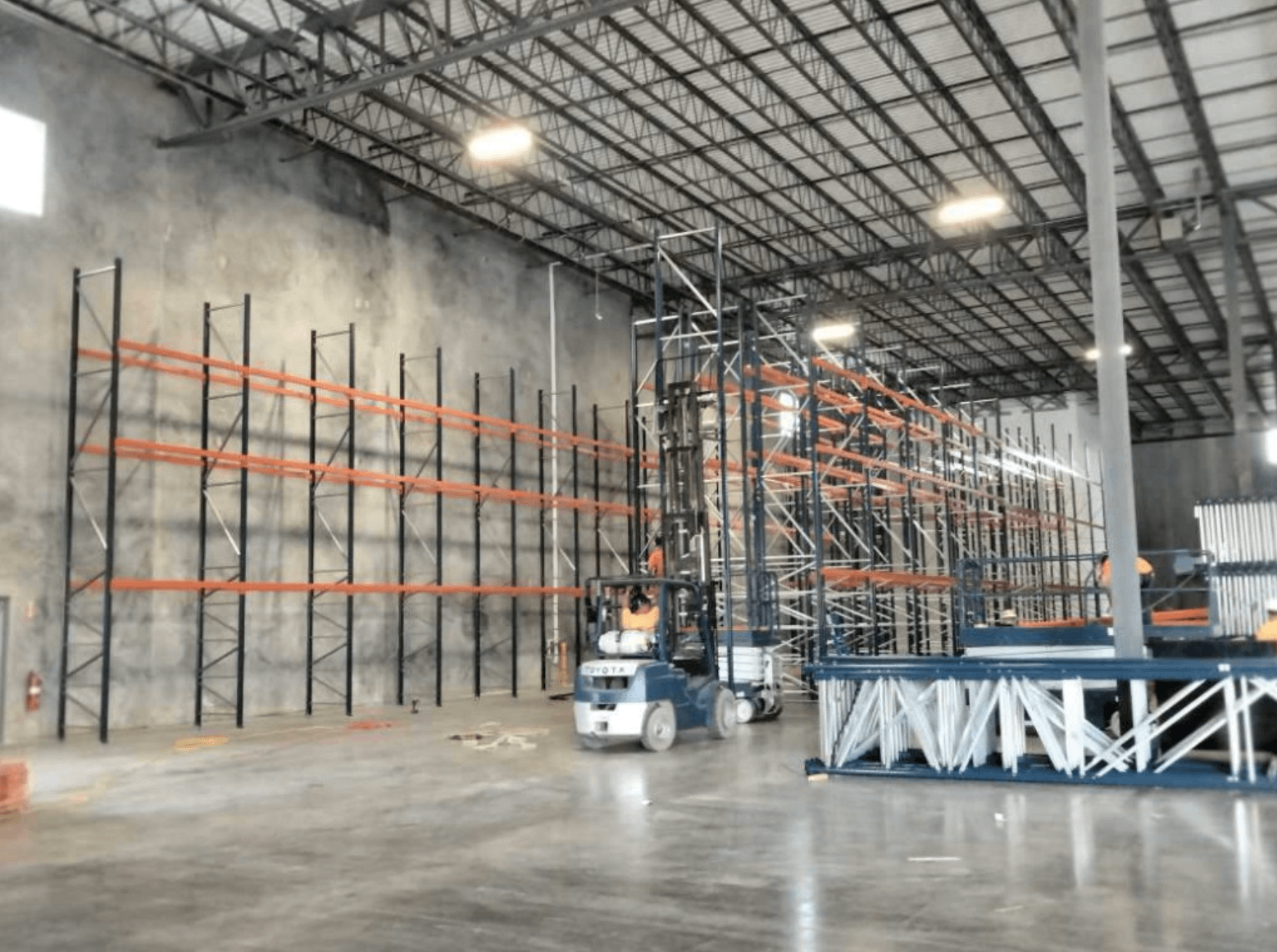Improving the safety of workers should be the top priority in a warehouse, as worker injuries are ethically bad and cost your company money. Improving the working conditions of your employees will give them the confidence to work their best and enable them to work more efficiently and productively. That’s why understanding how warehouse automation improves worker safety can be important for the health of your employees and company.
Prevents Repetitive Stress Injuries
Repetitive stress injuries are relatively common in a physical workplace. Constantly performing the same strenuous activity can cause a buildup of damage and hurt a worker. Automation can take over these strenuous and repetitive activities so that employees don’t put themselves at risk performing basic actions at work.
Takes On the Dangerous Jobs
There are many dangerous jobs on the worksite, with heavy products and navigation around the warehouse being common causes of workplace injuries. Warehouse automation can help keep workers away from these dangerous situations, especially if you use automated racking solutions. These keep workers out of the storage areas as much as possible.
Lowers Interaction With Heavy Equipment
Another reason for injury with workers is heavy equipment, which can easily hurt workers if any small thing goes wrong. Automation takes over lots of the jobs that need heavy equipment, keeping workers away from that dangerous equipment. This limits their chances of injury from working with machinery that can be dangerous.
Keeps Things Clean and Consistent
Another way warehouse automation improves safety is by standardizing all the processes inside the warehouse. With less interaction with order picking, workers keep out of walkways, and items aren’t in the way nearly as often. With proper maintenance, automation will always preform the same and keep things consistently clean and safe for workers.
You improve your workers’ safety and efficiency by investing in automation for your warehouse. This is why larger warehouses invest heavily into automatic systems for all their processes in the workplace.


